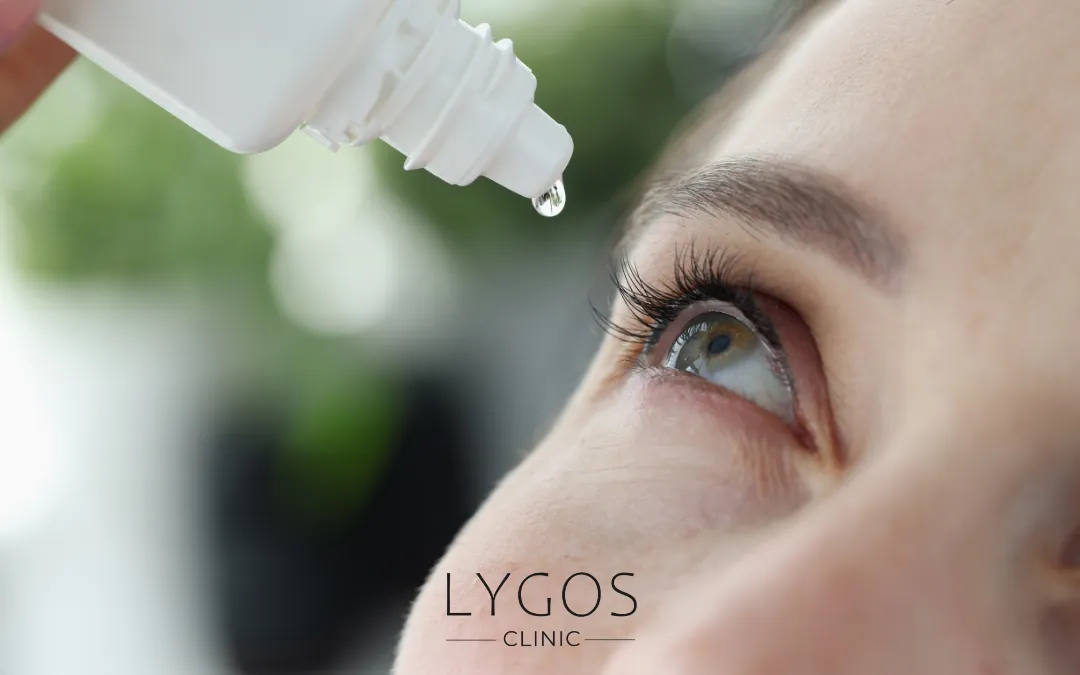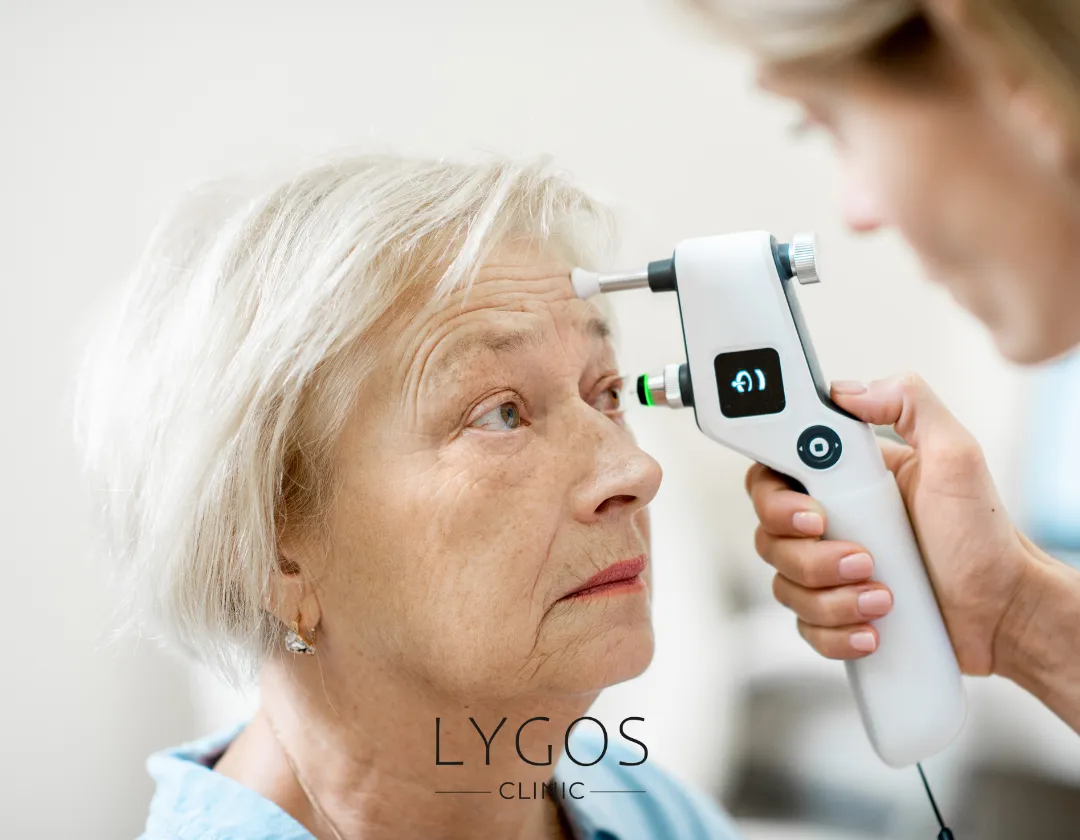What is Refractive Error?
Get Free Consultation
Chose Your Topic
What are the Symptoms of Refractive Error?
Blurred Vision: When images lose clarity, everything can appear as if behind a smokescreen. This is especially noticeable when reading a book or watching television.
Double Vision: When objects appear more than once, it can feel like you are looking at two different worlds. Double vision can cause serious difficulties in everyday life.
Headaches: Difficulties when trying to see can strain the brain and cause frequent headaches. These pains become more pronounced, especially later in the day.
Glare Around Bright Lights: If bright lights bother your eyes, especially when driving at night, this may indicate a problem with your eyes.
Squinting: Constantly squinting to see better can strain your eyes and cause fatigue.
Eye Fatigue: Staring at a computer screen, reading a book or doing detailed work for a long time can cause eye fatigue. When you do not rest your eyes, this fatigue can increase over time and affect your daily life.
Focusing Problem: If you have problems focusing, especially when looking at the computer for a long time, this may be a sign that your eyes need support.
What are the Risk Factors for Refractive Error?
Refractive errors are common vision problems that everyone may encounter at some point in their lives. Having a family member who wears glasses or contacts increases the risk of developing such conditions. Most refractive errors, especially nearsightedness such as myopia, usually manifest themselves during childhood.
On the other hand, presbyopia, which occurs with age, is a common refractive error in adults aged 40 and over. Therefore, regular eye check-ups and early detection are essential to protect your vision health.
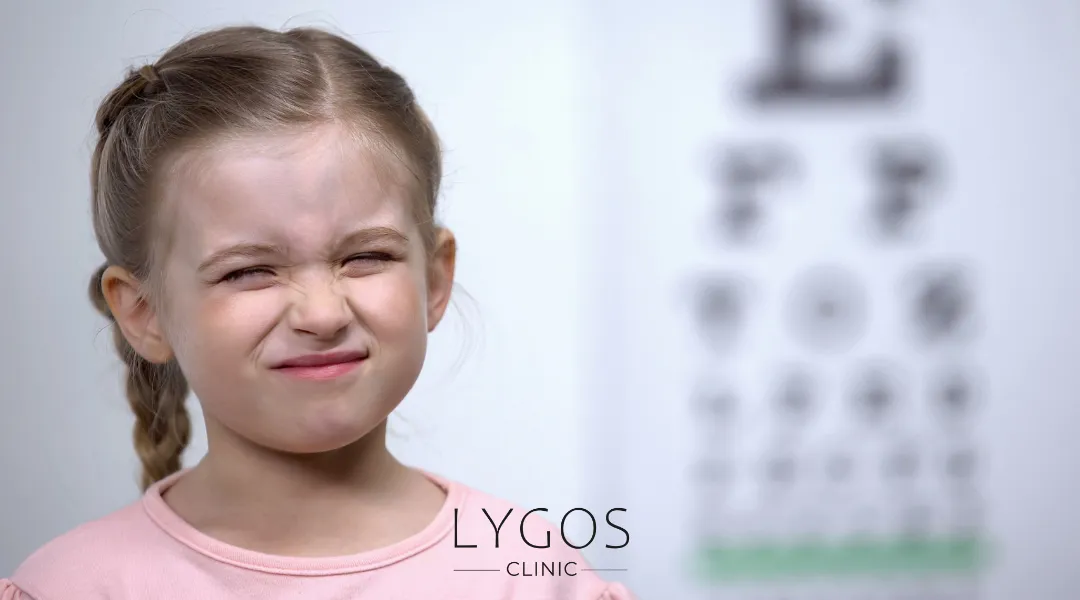
Types of Refractive Errors
Myopia
Myopia is a condition in which distant objects are blurred and near objects are clear. It is usually hereditary and occurs during childhood. It can progress especially during the teenage years when the body grows rapidly.
Hyperopia
Hyperopia refers to a condition in which objects at close range appear blurred. This problem may be inherited or may develop later. In mild hyperopia, distance vision may remain clear, while near vision is blurred. Severe hyperopia can cause blurred vision at all distances.
Astigmatism
Astigmatism is a refractive error that causes objects at both near and far distances to appear blurred or distorted. This is usually caused by irregularities in the cornea or lens of the eye.
Presbyopia
Presbyopia is a condition that occurs with the aging process. After the age of 40, the lens of the eye begins to harden, which weakens its ability to focus. As a result, it becomes difficult to see objects at close range.
Refractive Error Treatment
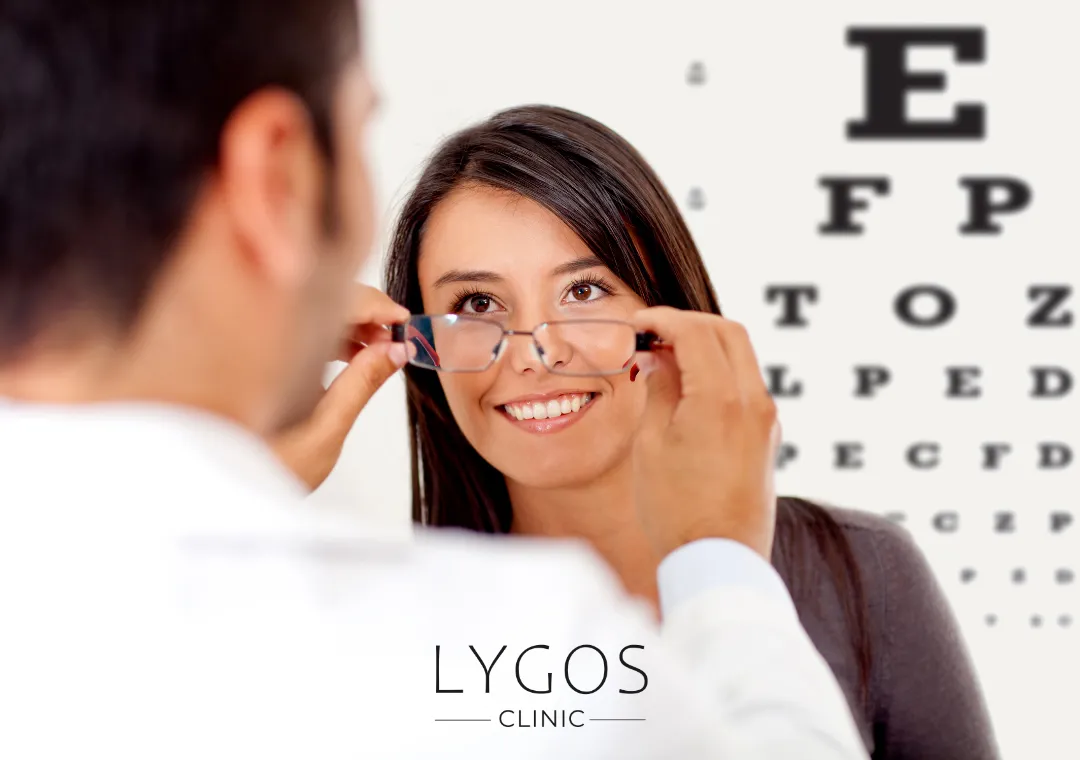
The most common and safe treatment is wearing glasses. Your doctor will prescribe the most suitable lenses for you to achieve clear vision. Glasses offer both a practical and easy solution.
Another option, contact lenses, correct refractive errors by settling on the surface of your eye. For the correct use of lenses, your doctor will determine the most suitable lens size for you and explain in detail how to use them.
In addition to glasses and lenses, there are also surgical methods such as laser eye surgery. This type of surgery involves procedures to change the shape of the cornea to correct refractive errors.
In addition to these treatment methods, there are some steps you should take to protect your eye health and prevent the progression of refractive errors:
Regular eye examinations: You should visit an ophthalmologist regularly to ensure that your vision remains healthy.
Monitoring problems: If you notice a deterioration in your vision or have problems with glasses or contact lenses, you should contact your doctor immediately.
Checking family history: It is important to check if your family members have similar eye problems to see if you are also at risk.
These simple but effective steps will help you protect your eye health and improve your quality of life.
Refractive Errors Measurement
Refractive errors are a common vision problem detected during an eye health examination. When a decrease in visual acuity is noticed during distance or near vision tests, this may indicate the presence of a refractive error. The most commonly used tool to determine the type and degree of refractive error is an automatic measuring device called an autorefractometer. This device provides objective data on how the eye refracts light. This helps to make an accurate diagnosis.
Manual skiascopy was once a common method for measuring refractive error. This technique is based on the detection of refractive error by looking at the reflection pattern of light sent to the eye. However, skiascopy has largely been replaced by modern instruments such as autorefractometers. These devices are both faster and more accurate in detecting refractive errors. In addition, some advanced devices can also measure eye pressure. This provides an additional advantage in terms of eye health. With advances in technology, these devices have minimized the margin of error in measuring refractive errors. It is now much easier to determine the exact and precise spectacle size. This method enables an accurate and effective treatment plan for people who will wear glasses or contact lenses.
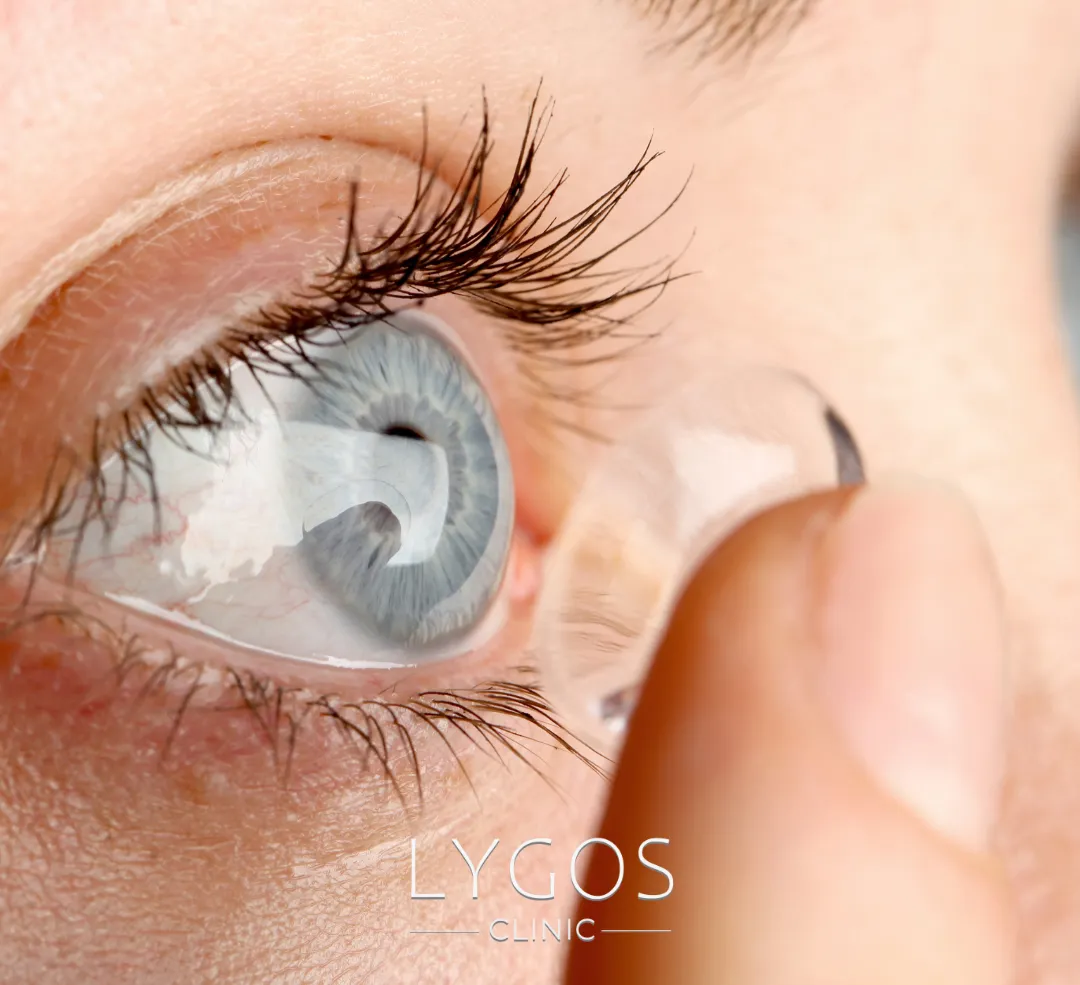
Light Refracting Structures of the Eye
The light refracting structures of the eye play a vital role in achieving a clear image. When light enters the eye, it first passes through the cornea, which is transparent and kept constantly moist. Thanks to its convex structure, the cornea is the first place where light is refracted. This makes it the most important refractive medium of the eye.
Light then passes through the anterior chamber (camera anterior), which is located at the front of the eye and is filled with fluid. It then reaches the lens, the second critical structure for focusing light. Thanks to its flexible structure, the lens refracts the light and sharpens the image on the retina. Finally, light passes through a transparent substance called the vitreous (corpus vitreum), which has the consistency of a gel and fills the inside of the eye.
These structures refract light accurately and focus it on the retina. Thus, a clear image is formed. The light refracting structures of the eye are essential for a clear and crisp visual experience.
Refractive Error Treatment Costs
Refractive error treatment costs may vary depending on the method used. The cost of each of these methods used in refractive error treatments is different from each other. In addition, which treatment option will be used is determined according to the needs of the patient.
Therefore, it may be misleading to give a clear answer about refractive error treatment costs. Apart from the details above, refractive error treatment costs may also vary depending on the hospital and its location, the experience of the doctor who will perform the procedure and the quality of the equipment used.

Frequently Asked Questions About Refractive Error
BLOG

Is Breathing Through the Mouth Harmful?
Chose Your Topic Is Breathing Through the Mouth Harmful? Breathing is one of the most fundamental needs of life. However,

Does Rice Water Make Hair Grow? | Benefits of Rice Water
Chose Your Topic Does Rice Water Make Hair Grow? Natural methods in hair care have become quite popular in recent

Breast Lump | Types: Benign, Malign and Causes | LYGOS 2025
Breast Lump While cancer stands out as one of the most common health problems today, early diagnosis rates are also

